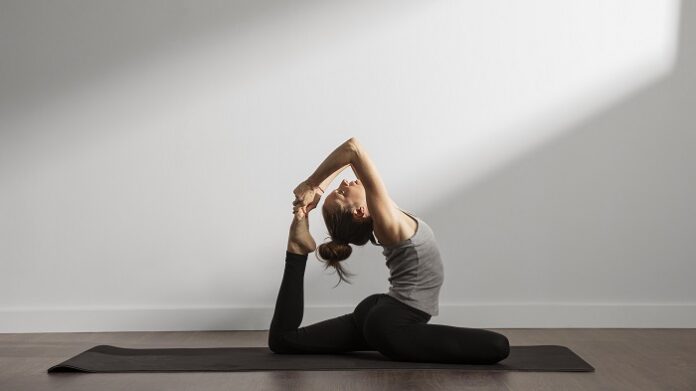Osteoarthritis (OA) is a musculoskeletal disorder affecting more than 595 million people globally, causing joint pain and loss of function. Exercise therapy is commonly recommended as a first-line treatment for OA, particularly for knee pain. Yoga and strengthening exercises are both known to alleviate knee OA symptoms, but a recent study has explored whether one is more effective than the other.
Study Overview: Yoga and Strengthening Exercises Compared
A study published in JAMA Network Open aimed to compare the effectiveness of yoga and strengthening exercises for managing knee OA. The researchers found that despite the distinct mechanisms behind each method, neither was superior to the other in terms of relieving pain or improving physical function over 12 weeks. Both approaches demonstrated significant improvements in pain management and physical function.
Benefits of Yoga and Strengthening Exercises
Both exercise types offer unique benefits. Strengthening exercises target muscle strength around the knee, helping to relieve pain caused by mechanical stress while improving joint function. On the other hand, yoga focuses on breathing techniques, physical postures, and mindfulness to reduce stress, enhance flexibility, and aid in pain management.
Integrating Yoga into Clinical Practice
Medicalxpress reports that the study’s findings suggest clinicians can integrate yoga into practice as a complementary or alternative to strengthening exercises. It could provide meaningful benefits for individuals with knee OA, improving knee pain, quality of life, and even addressing depression.
Study Design and Methodology
The study recruited 117 participants from Southern Tasmania, Australia, all of whom reported knee pain levels of 40 or higher on a 100 mm visual analog scale (VAS), which measures subjective experiences like pain. Researchers randomly assigned 58 of the 117 participants to the yoga group and 59 to the strengthening exercise group; over 70% were women.
The 24-week intervention involved two supervised sessions and one home-based session per week for the first 12 weeks, followed by three unsupervised home-based sessions per week for the remaining 12 weeks. The primary outcome was the difference in knee pain reduction between the two groups, as measured by changes in the VAS scores.
Results: No Significant Difference in Pain Reduction
Both groups showed significant reductions in knee pain over the 12-week period. However, there was no meaningful difference in the average pain reduction between the yoga and strengthening groups. The researchers found a minimal difference in pain scores at −1.1 mm, well below the 15 mm threshold needed to consider one exercise method more clinically viable than the other.
Conclusion: Yoga as an Effective Alternative to Strengthening Exercises
The results of this study suggest that yoga is noninferior to strengthening exercises for managing knee OA pain. This finding positions yoga as a valid, effective exercise option for individuals seeking non-pharmacological methods to manage knee OA. Given these results, healthcare providers can consider yoga a practical alternative or complement to traditional strengthening exercises for treating knee OA.
By integrating yoga into treatment plans, healthcare providers can offer patients a holistic, non-invasive approach to managing the pain and physical limitations associated with knee OA.
























